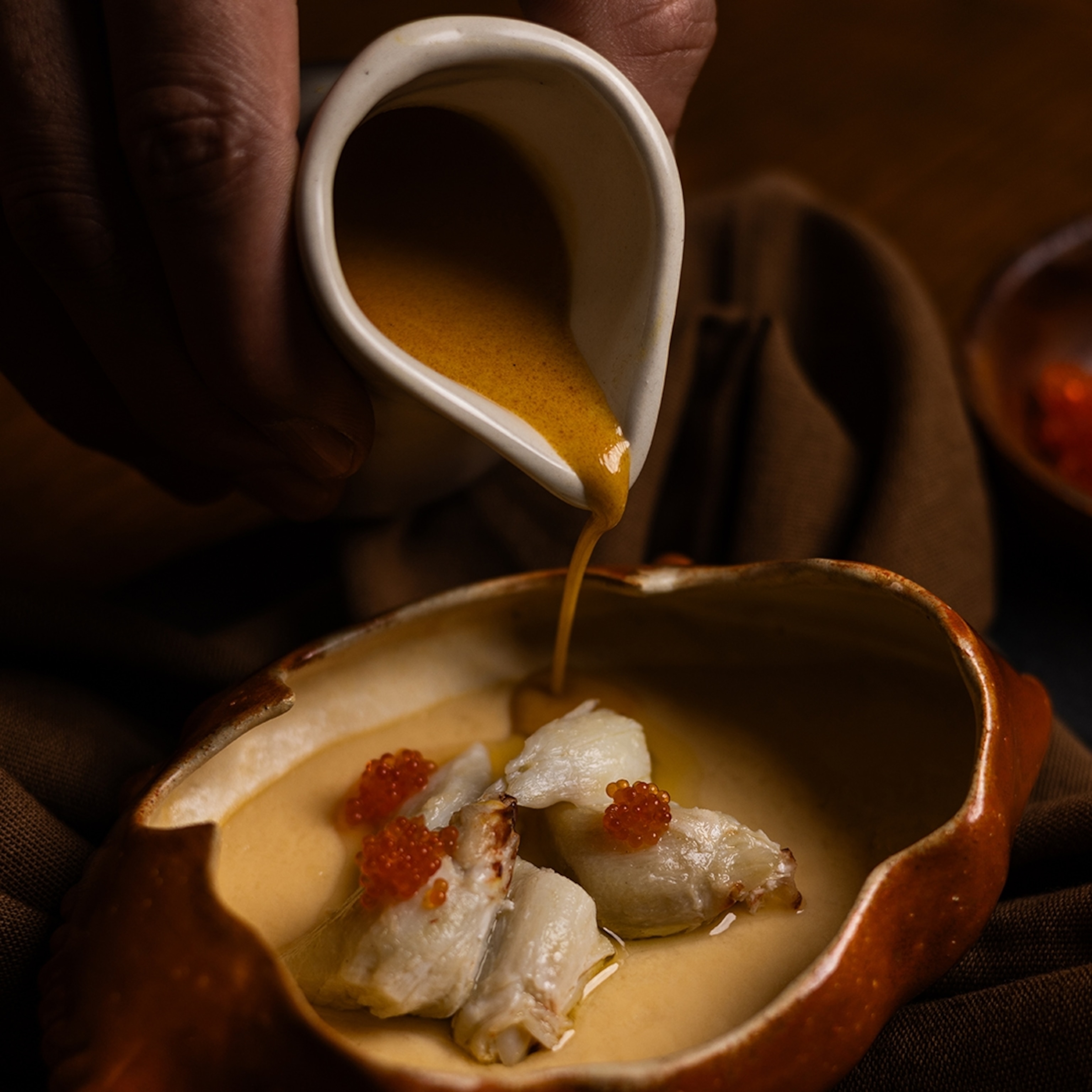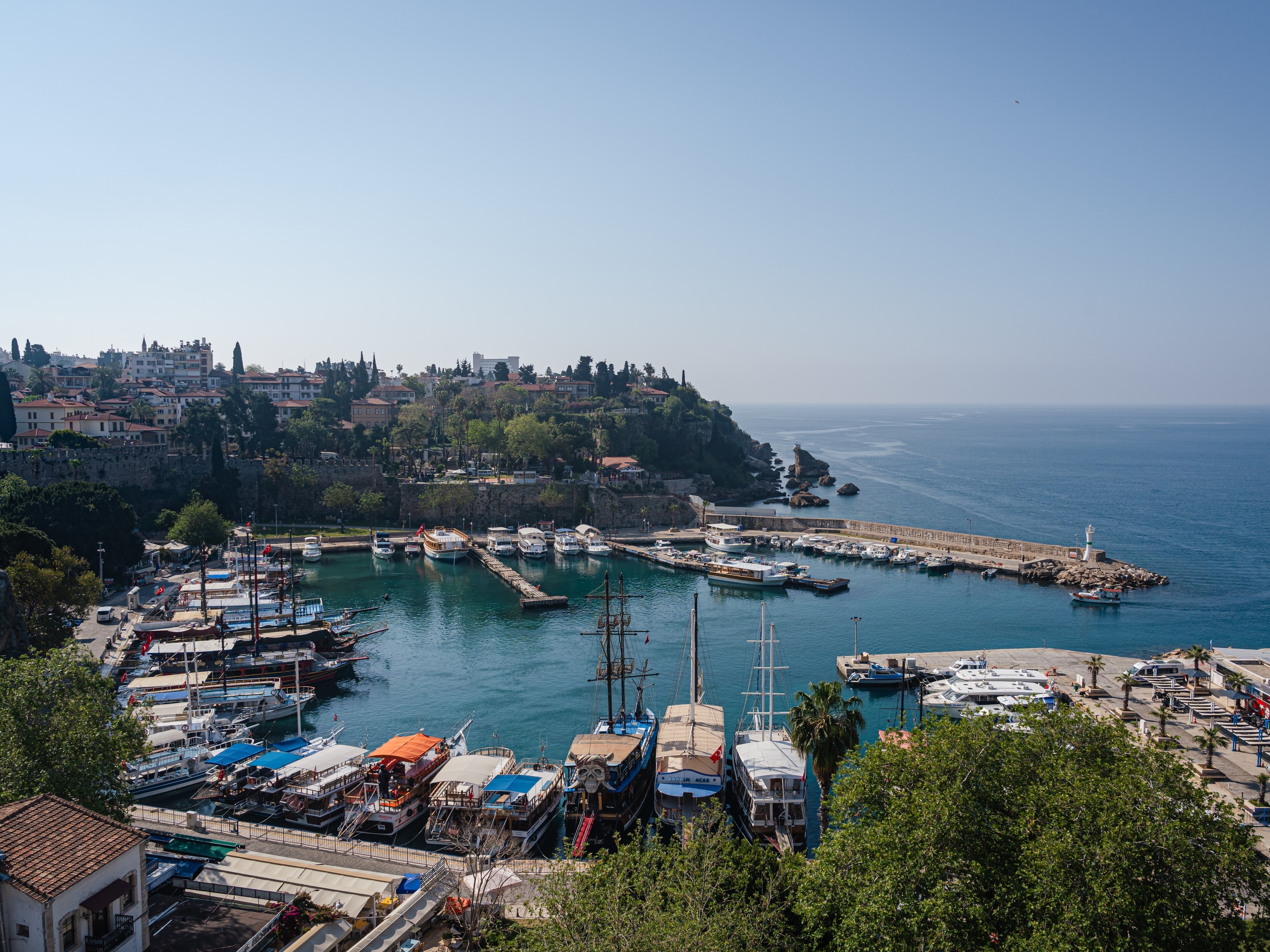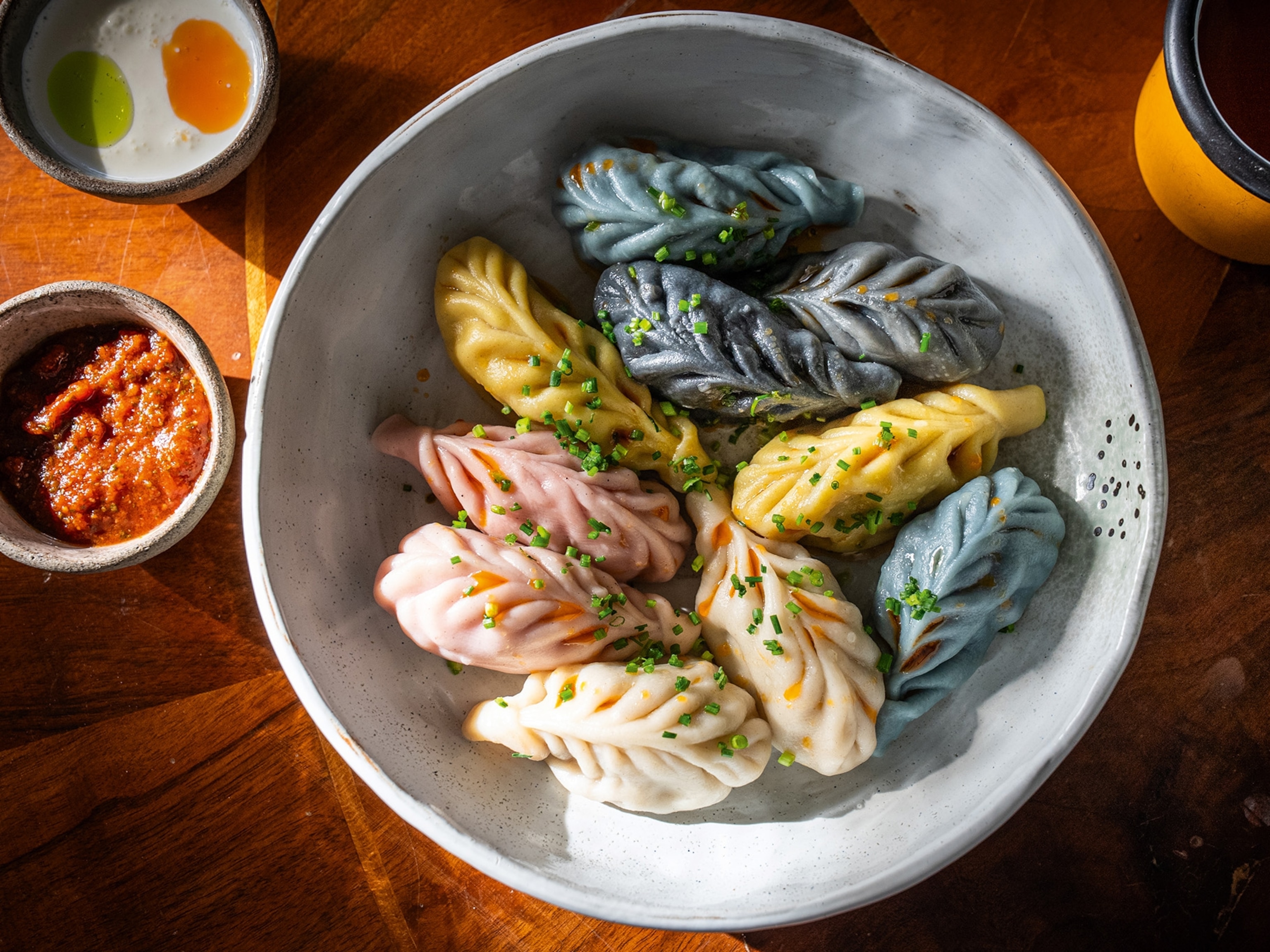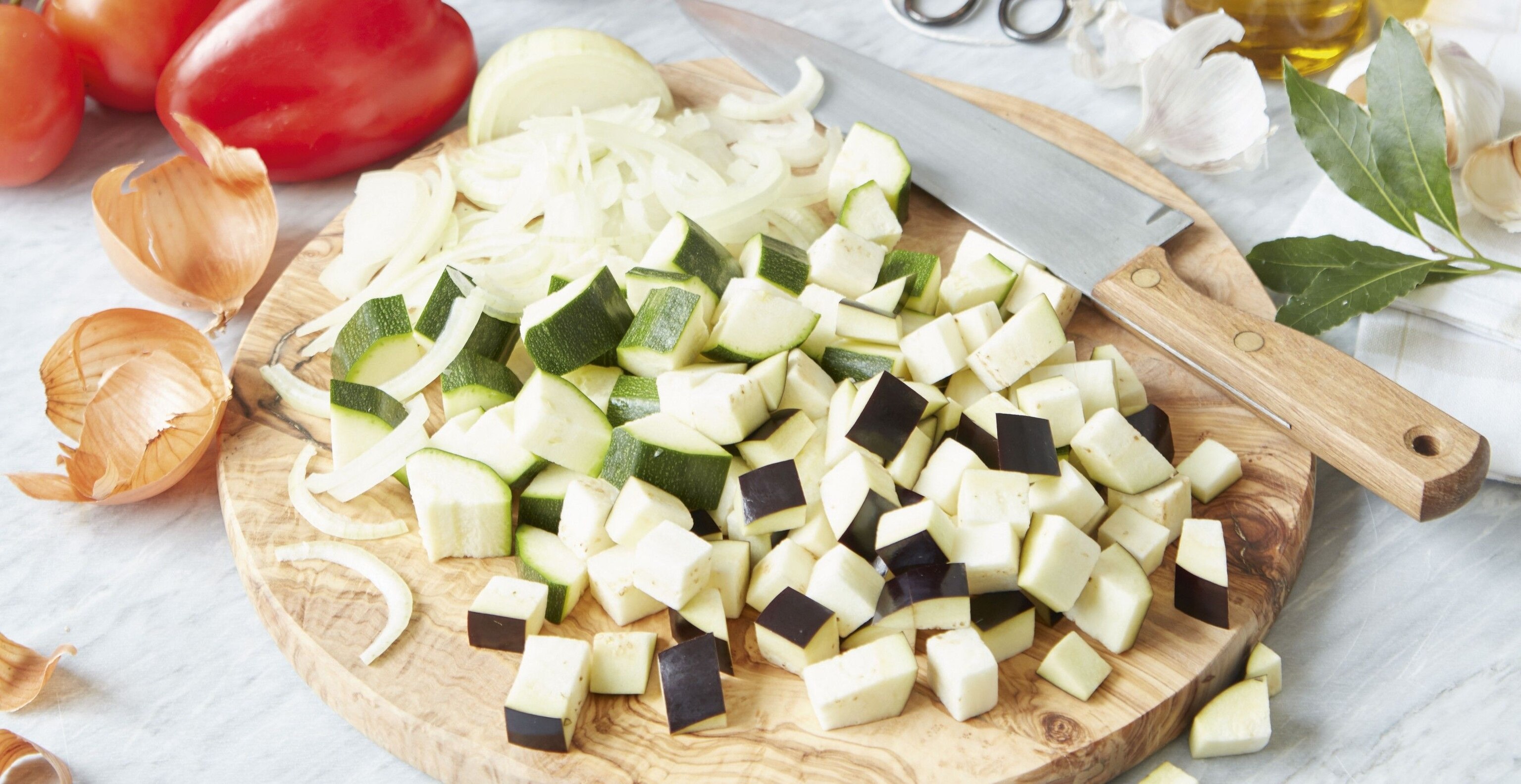
Deconstructing ratatouille
The sun-soaked produce of Provence has been cooked together for centuries, but ratatouille as we know it is rather more recent, and less rule-bound, than you might expect
Aubergines burnished to an almost obsidian sheen by the scorching Mediterranean sun. Tomatoes picked when warm to the touch. Waxy peppers and firm courgettes, cooked in garlic and a handful of fragrant herbs. When done properly — using the finest, freshest ingredients — ratatouille is a glorious thing.
Originating in Nice, it’s a dish that sings of Provençal summers. It’s not made in winter, it’s not made with airfreighted vegetables, and the tomatoes absolutely do not come in a tin. But don’t think, though, that cooks in Provence have been making this stew for many hundreds of years; ratatouille, as we know it, is a much more recent invention.
The first recorded use of its name — a conflation of the regional Occitan ‘ratatolha’ and the French verb ‘touiller’ (to stir up) is in a military journal, Journal des Sciences Militaires des Armées de Terre et de la Mer, published in 1831. It describes a ‘wet dish of vegetables, among which float here and there a few scrawny ribs of veal or bad mutton’. During the 19th century, this unappetising gruel — commonly referred to as ‘rata’ — was a staple for the armed forces and prisoners.
Of course, given that ratatouille’s ingredients grow and ripen together, they would almost certainly have been cooked together, using oil from Provence’s olive groves, long before anyone came up with a name for the dish. Similar vegetable medleys are still cooked across Southern Europe, including chichoumielle and bohémienne (both from the Languedoc), Sicilian caponata, Catalan samfaina and Spanish pisto. The aubergine arrived in Southern France with the Moors in the 13th century, but the tomato, squash and pepper weren’t to arrive here from South America until the 1500s. It would take another 200 years for the tomato to be considered a food by French (and Northern European) cooks. As part of the nightshade family, it was considered poisonous, and being vaguely associated with witchcraft, madness and even werewolves contributed to its slow uptake.
What we’d recognise today as ratatouille only starts to crop up in writing much later. One of the first French references appears in Henri Heyraud’s 1903 book La Cuisine à la Nice, where he describes it is as a ragout of aubergines, tomatoes, peppers and courgettes. Nearly half a century later, British cookery writer Elizabeth David (the Delia Smith of her day) included a ratatouille recipe in her highly influential 1950 tome A Book of Mediterranean Food, and by the 1960s the dish had attained cult status among British dinner-party cooks; Nigella Lawson recalls her parents serving it. By the 1970s it was popular and by the 1980s commonplace — loved for being cheap and quick to make.
Good ratatouille can’t be rushed, though, insists Sophie Agrofoglio, the chef and co-owner of Nice’s A Buteghinna, which has Cuisine Nissarde status, awarded for authentic regional cooking. “We cook the vegetables separately and gently mix them at the end, and finish cooking all together,” she says. “It shouldn’t be boiled, or too liquid.” Having cooked the vegetables, they’re set aside, and Agrofoglio tastes everything to ensure it’s perfectly done. She then places the ingredients in a casserole dish over a low heat, adds a clove of garlic with the skin on, peeled and seeded tomatoes, salt, thyme, pepper, and gently finishes the cooking to confit the vegetables — without a lid (“otherwise there’s too much liquid and it becomes porridge!”). Agrofoglio serves it hot, warm or cold, often topped with fried eggs. “It’s an extremely popular dish and very appreciated,” she says. “I sell a lot.”
Somehow, this Provençal technique never crossed the Channel — perhaps because Elizabeth David told us to cook chopped onions first, then add peppers, aubergine and diced tomatoes, in stages but on top of each other. In pursuit of a speedy meal, many non-French cooks compressed her advice and dumped all the veg into a pan, stewed it for a bit, then slopped over a tin of chopped tomatoes. The result: spongy, semi-cooked, teeth-squeaking aubergine; wet, disintegrating courgette; and crunchy, but somehow also slippery, peppers. And tomato juice bleeding across the plate.
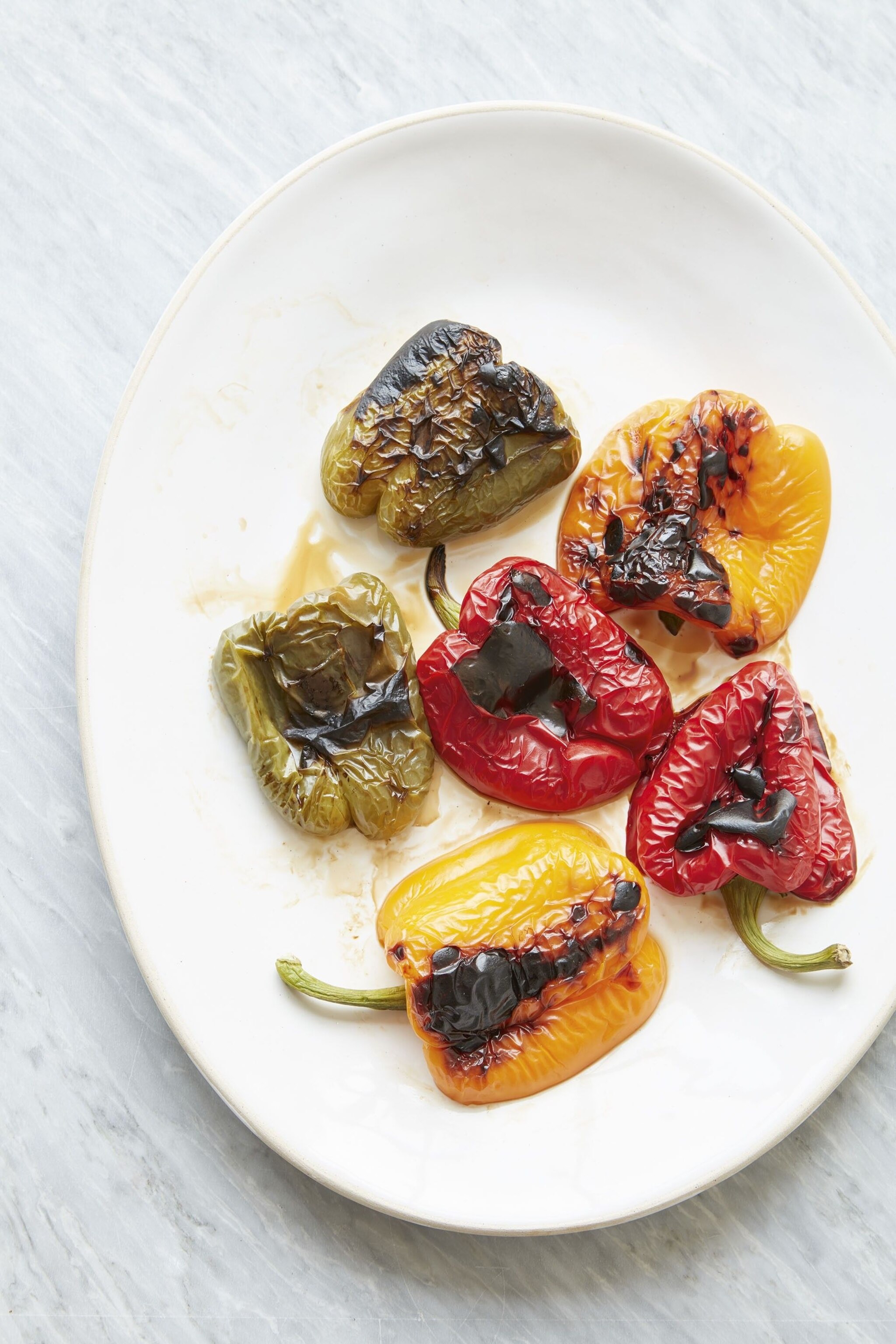
Brilliance or indifference
Anne-Sophie Pic is chef-owner at three-Michelin-starred Maison Pic, just north of Provence in Valence, the city where she grew up. Her ratatouille bugbear is people throwing everything in, in big chunks. “Then you need a long cook and you lose the texture,” she says. “One needs to cut the vegetables very small, to reduce the cooking time.” Pic prepares her ingredients in the same way as Agrofoglio, but finishes the dish in the oven. And she can’t resist the odd tweak. “To play with its legacy, I like to add pineapple, to sweeten the recipe and add unexpected flavours,” she says.
A few UK chefs who’ve eaten the real thing are brave enough to put a proper ratatouille on their menus, despite it no longer being in vogue. Chef Tom Oldroyd plans to start serving it this summer at The Duke of Richmond, his Frenchified pub in Hackney, east London. “Ratatouille was everywhere in the early ’90s. It was like we were tasting Mediterranean vegetables for the first time — and a lot of people really were,” Oldroyd says. “It was a victim of its own success, though, like a good song played to death on the radio.”
Tom roasts aubergine and courgette, then turns the heat up to scorch the peppers, which he then skins. After sautéing red onions and cherry tomatoes, he adds a drop of sherry vinegar and torn fresh basil at the end, serving it with garlic bread and goat’s curd. Done this way, “each vegetable will taste truly of itself”, as the late, great French chef Joël Robuchon once remarked of his own perfect ratatouille.
Chef Henry Harris runs four London gastropubs and is renowned for his traditional French cuisine. “Ratatouille is a simple country dish that will either deliver brilliance or indifference,” he tells me, adding that he only ever cooks it in the summer, when the ingredients are in season. Harris is equally meticulous with his prep. The veg (all grown in the sunshine) are cut into uniform shapes, and the garlic chopped, never grated or crushed — otherwise it will overcook and toast; and on no account should they be swimming in tomato sauce. He seasons with oregano, thyme and the herb savory. Finally: “Really good olive oil on top is an indulgence, but necessary,” he insists.
It would be tempting to think the popular 2007 Disney-Pixar film Ratatouille introduced the titular dish to a new audience. However, the meal our hero, Remy, a rat and wannabe chef, creates to impress a snooty critic would appal purists. It isn’t, strictly speaking, a ratatouille but rather a confit biyaldi, a variant created in 1976 by nouvelle cuisine pioneer Michel Guérard and borrowed by chef and restaurateur Thomas Keller, a consultant on the film. Needless to say, the photogenic tian of thinly sliced vegetables layered in concentric circles became a viral hit. But be warned: try to recreate this Hollywood version at home and there’s a good chance the vegetables will steam, blandly, in the vapour from their own juice.
Jamie Oliver, no stranger to causing controversy with his riffs on international culinary classics, is another chef who’s tinkered with the formula. He adds fennel to his ratatouille and tops it with salsa verde. He also makes a ratatouille salad, using both griddled and raw vegetables, fresh herbs and leaves. A step too far? Well, if world-renowned Anne-Sophie Pic adds pineapple, who are we to judge? As for how to serve it — the rules here are pretty flexible too. Try it alongside lamb or fish, with eggs, on toast, in a tart or on pizzette. The only rule: no tinned tomatoes.
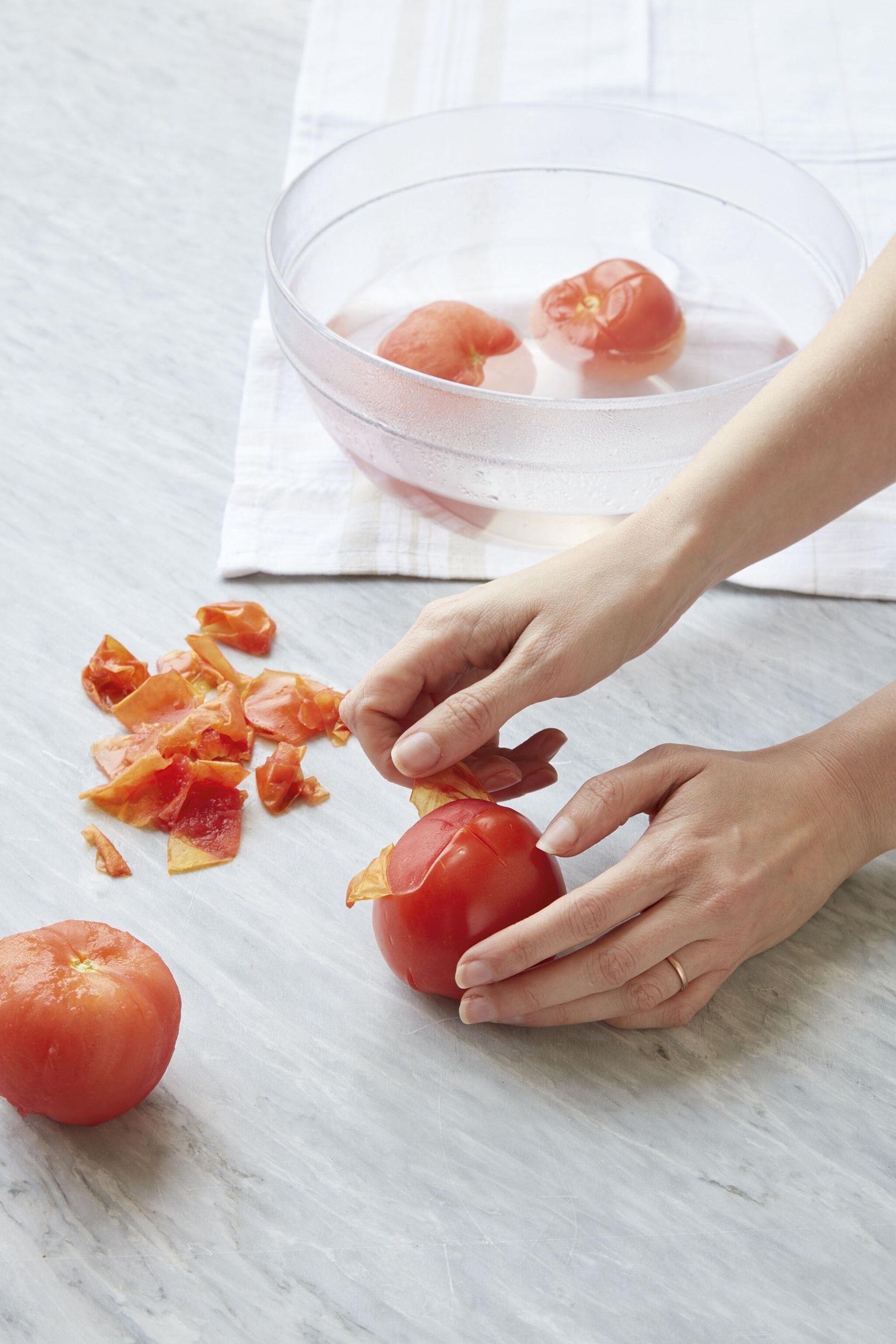
Ratatouille through the ages: a timeline of its creation
13th century Aubergines reach Europe from the Middle East
16th century Tomatoes reach France from the Americas, but are mainly used as ornamental plants for the next 200 years
1831 Unflattering first mention of ratatouille in the Journal des Sciences Militaires des Armées de Terre et de la Mer: ‘A wet dish of vegetables, among which float here and there a few scrawny ribs of veal or mutton’
1903 Henri Heyraud publishes Cuisine á la Nice, featuring a ragout of aubergine, tomatoes, peppers and courgette, which he says the locals call either ratatouille or sauté à la Niçoise
1950 Publication of Elizabeth David’s A Book of Mediterranean Food, which introduced ratatouille to a mainstream UK audience
1976 Nouvelle cuisine pioneer, chef Michel Guerard, creates a fancy take on ratatouille (confit biyaldi) by slicing the vegetables thinly and arranging in concentric layers before baking
2007 Disney-Pixar film, Ratatouille released, featuring a rat who wants to be a chef, and succeeds by winning over a snooty critic with his layered version of a traditional ratatouille
2014 The city of Nice awards 17 restaurants with its newly created label Cuisine Nissarde, for serving authentic Niçoise food, including ratatouille
Published in Issue 5 of National Geographic Traveller Food (UK)
Follow us on social media
Twitter | Facebook | Instagram
